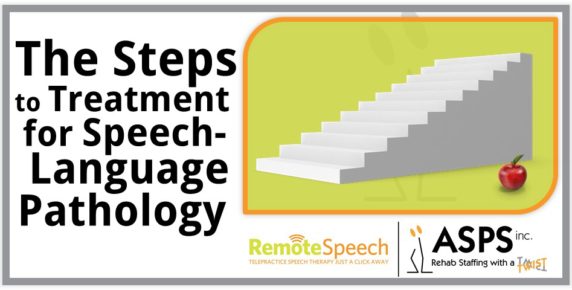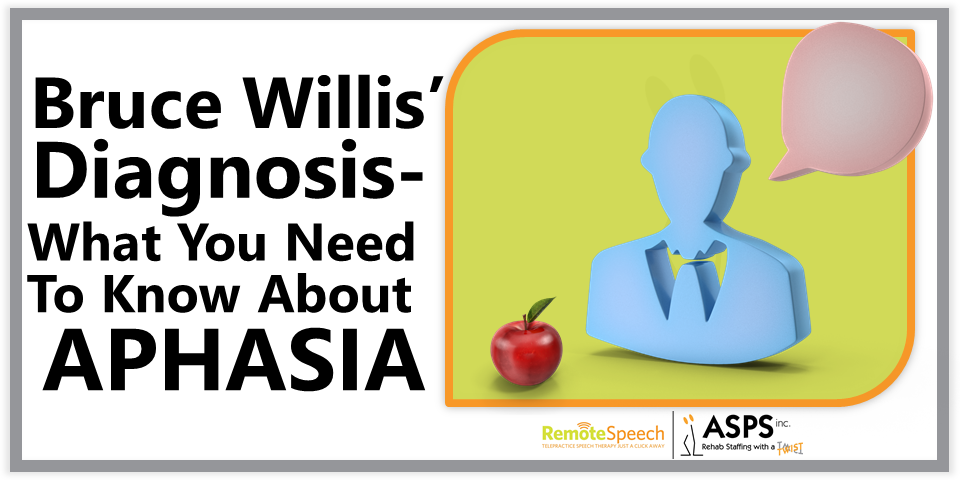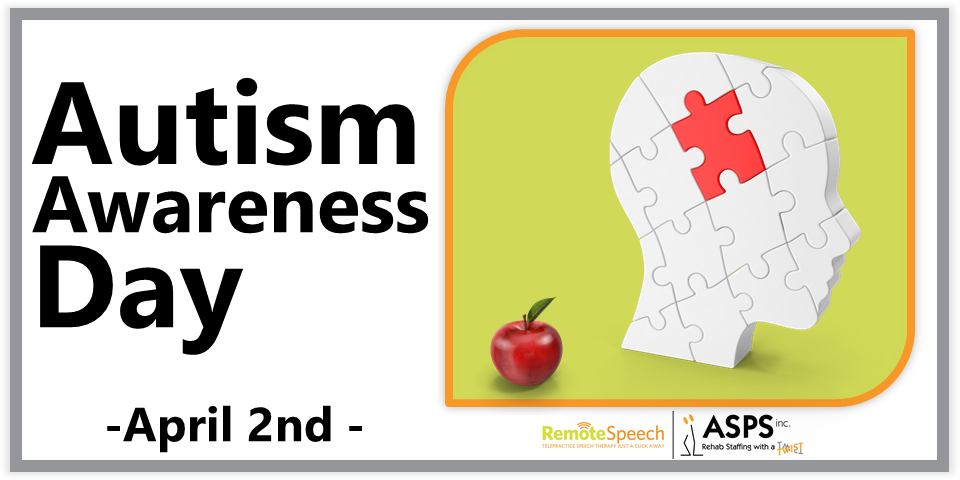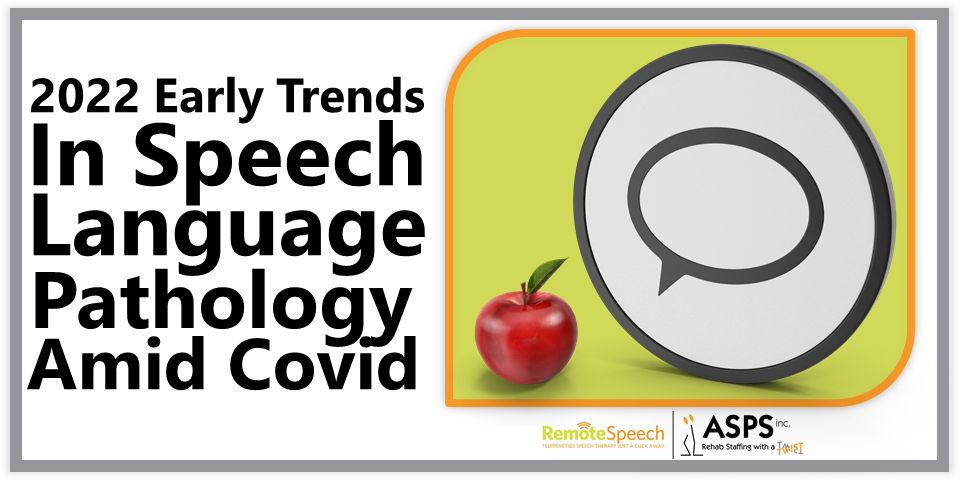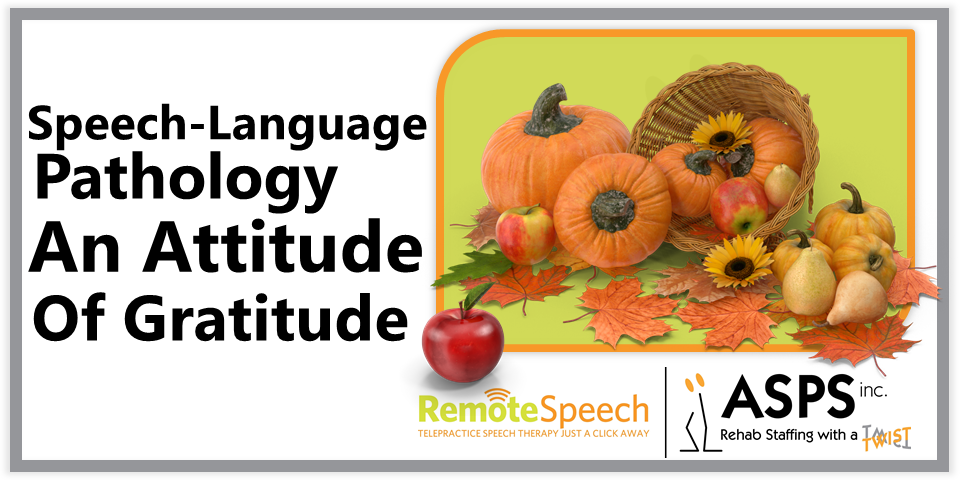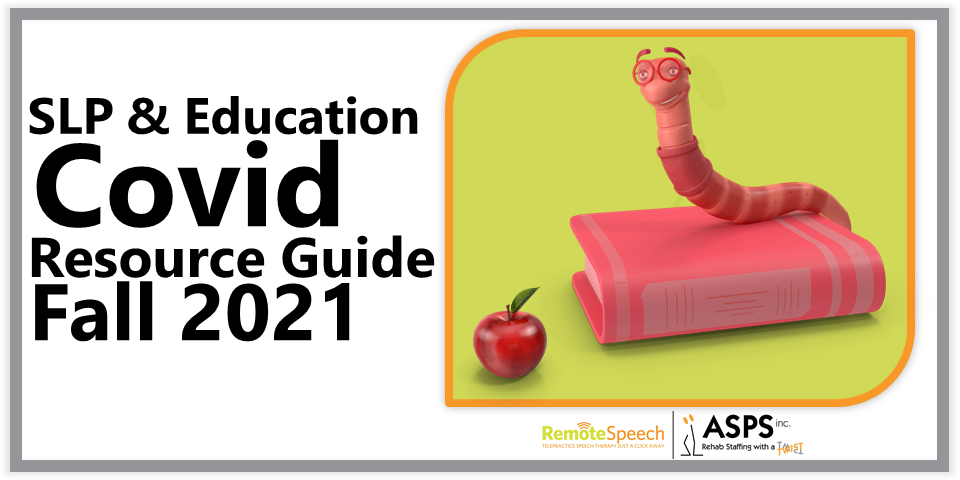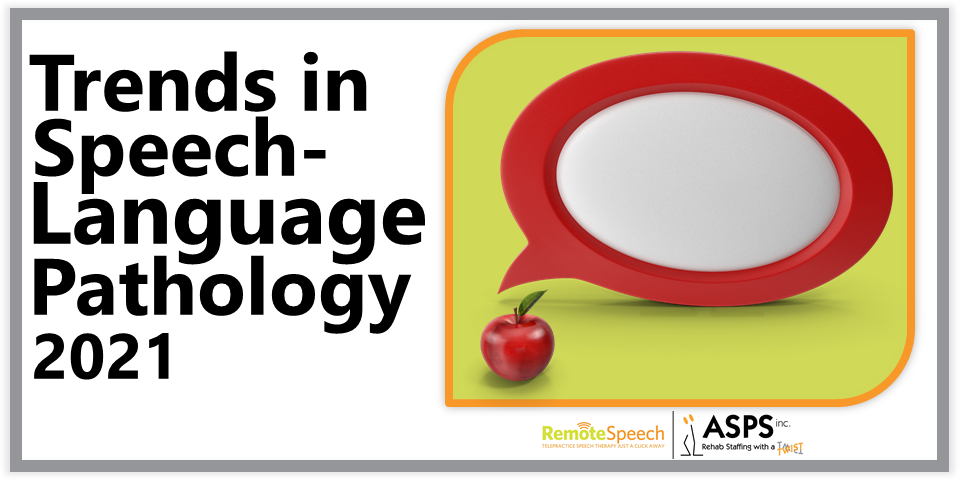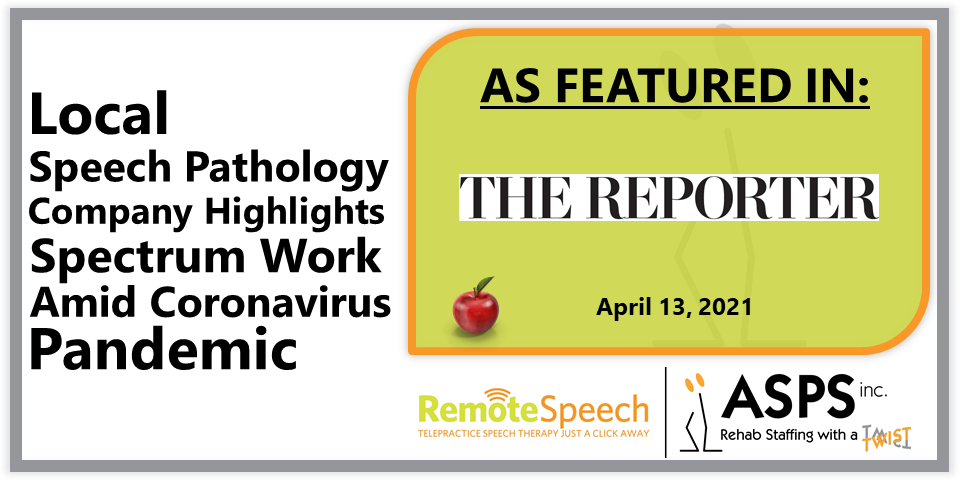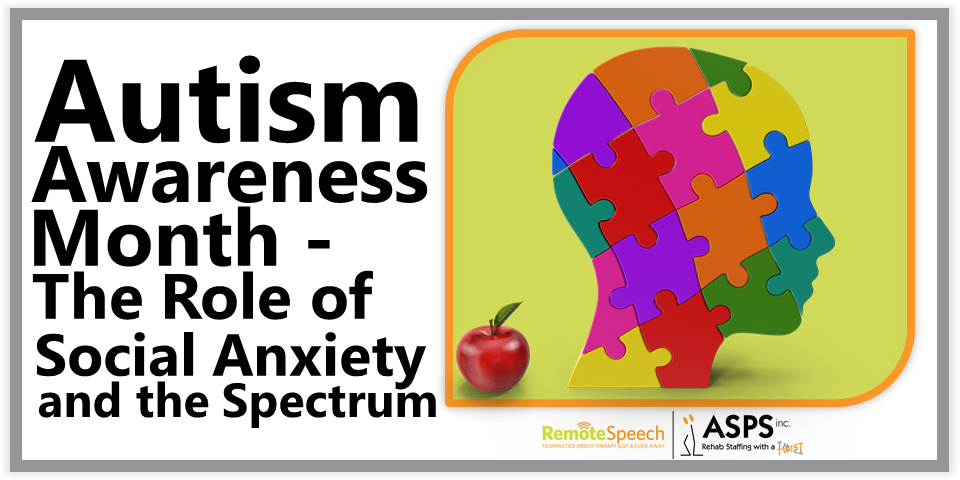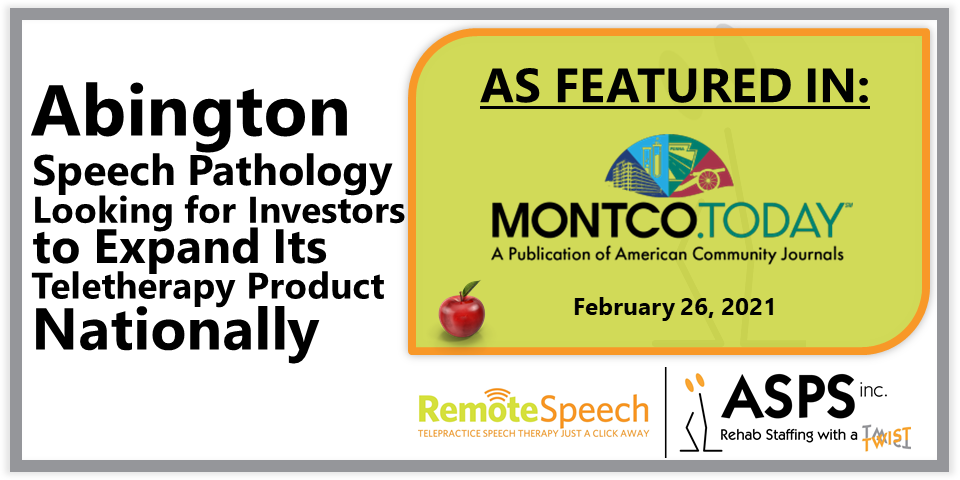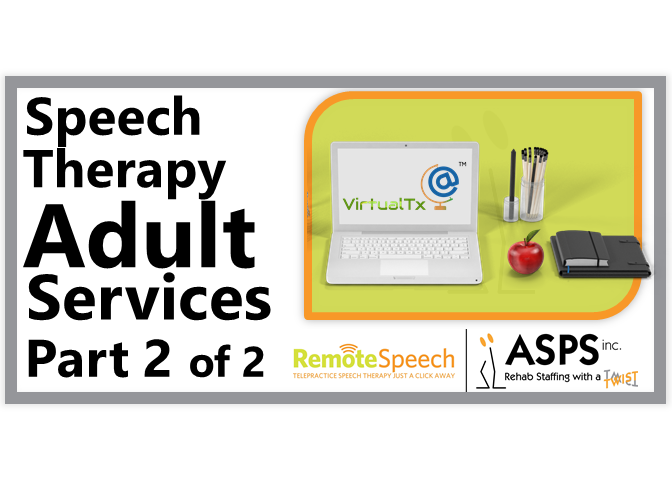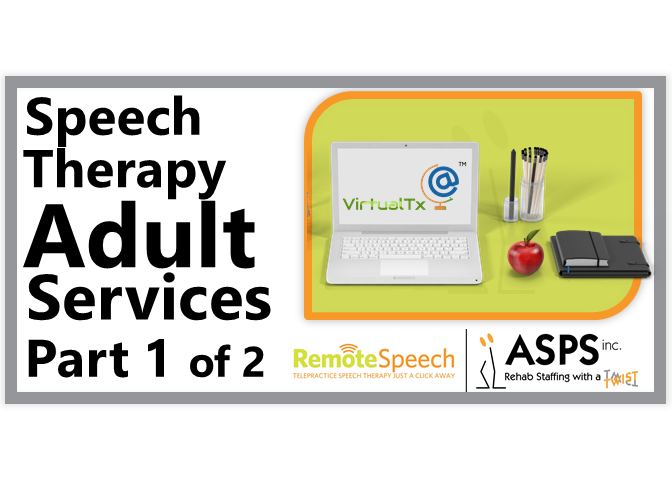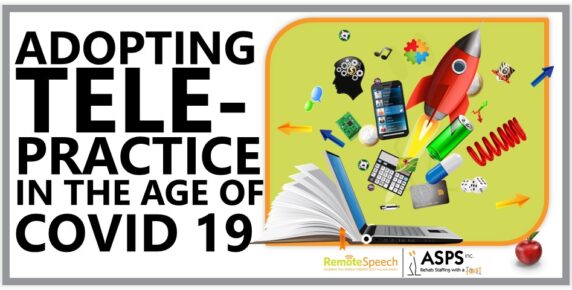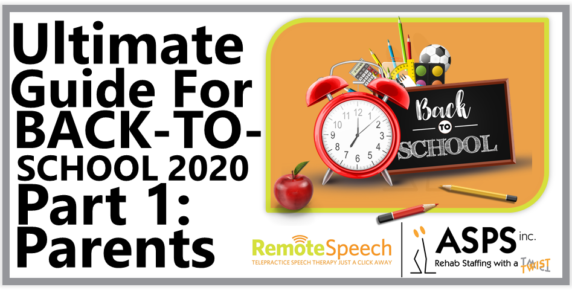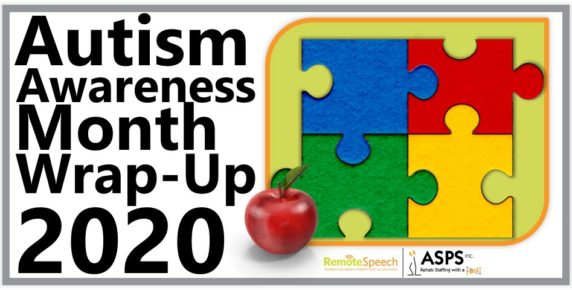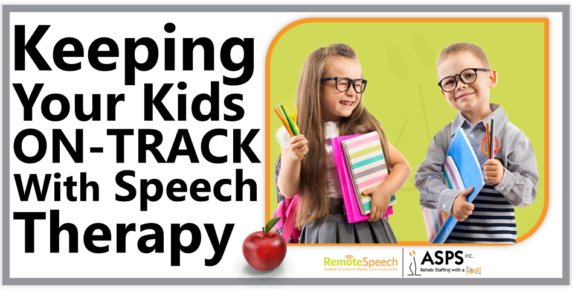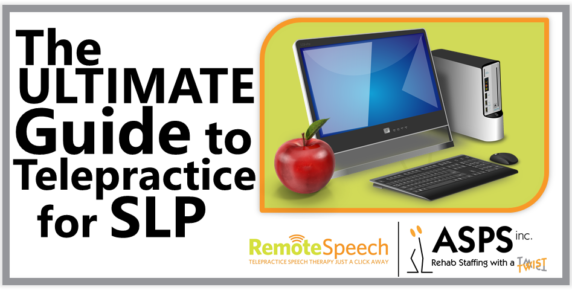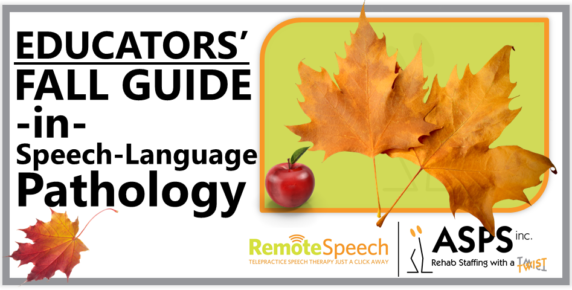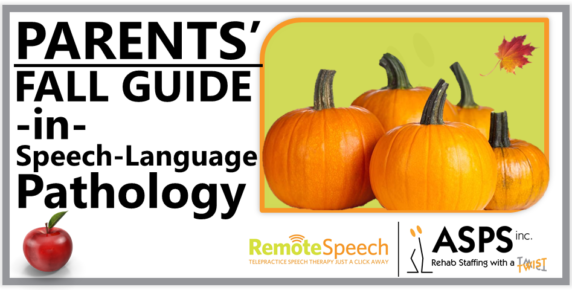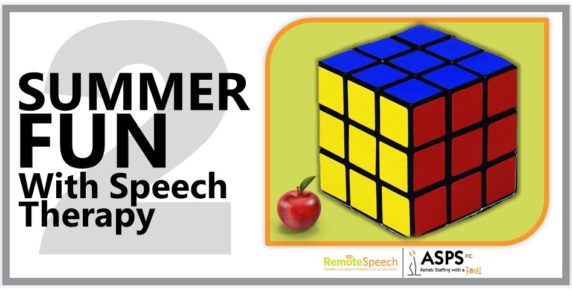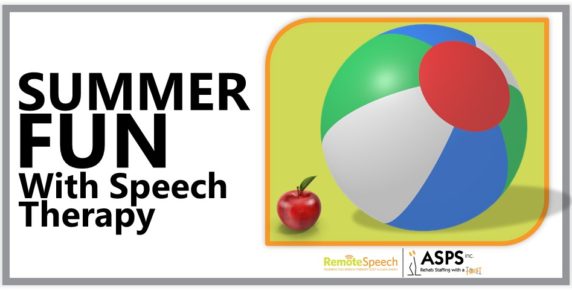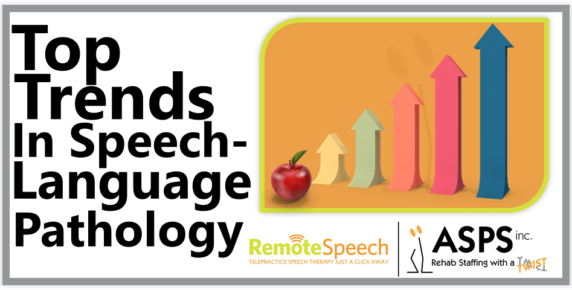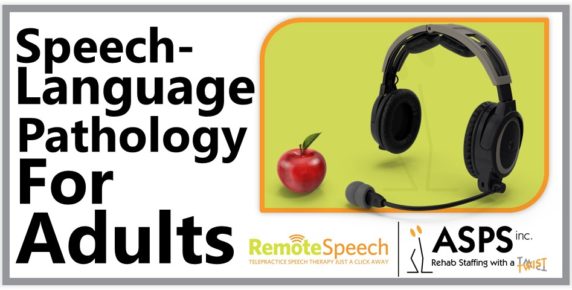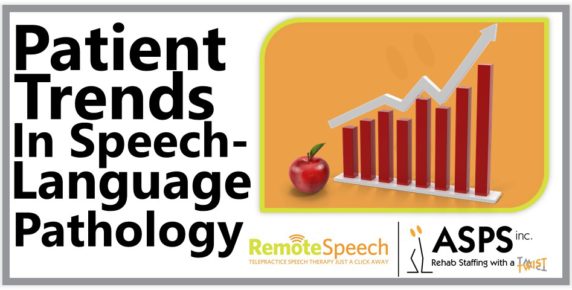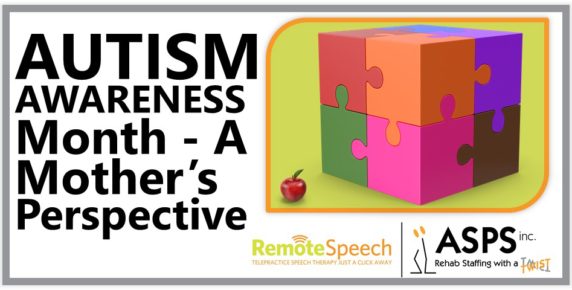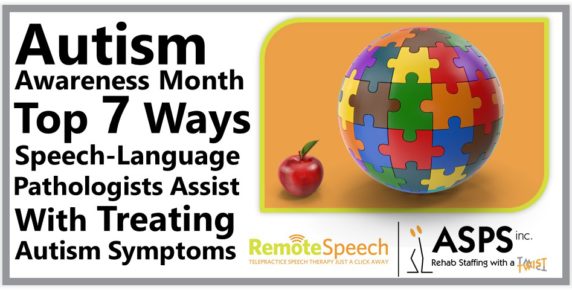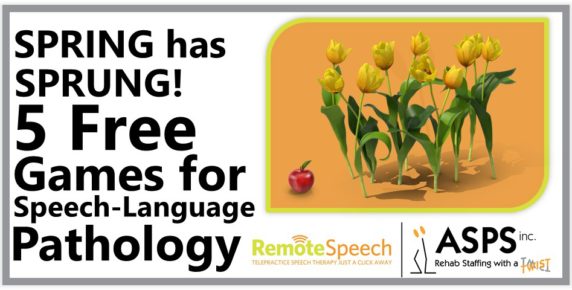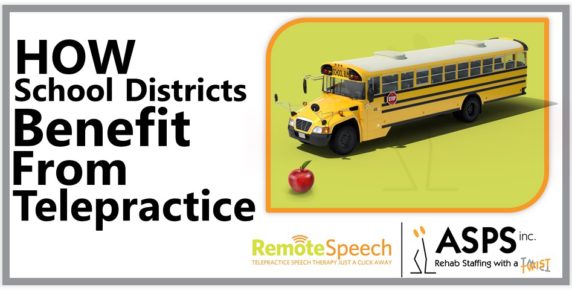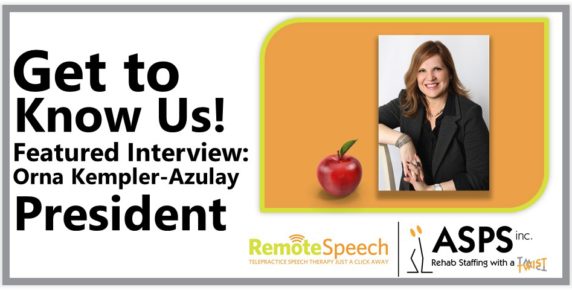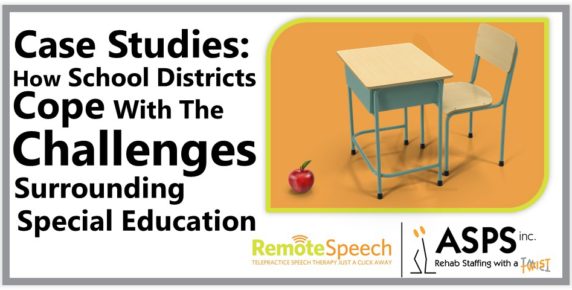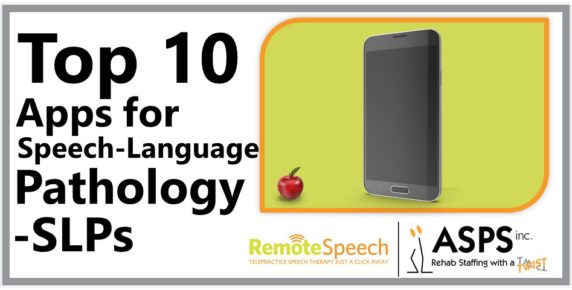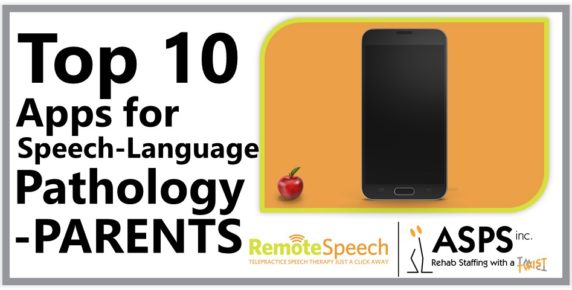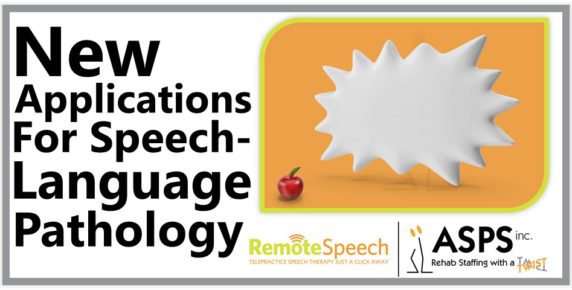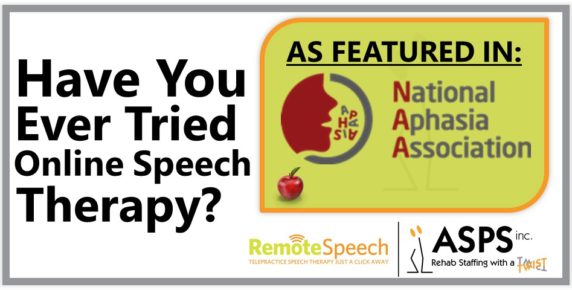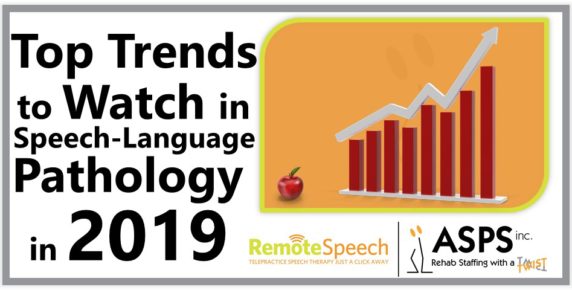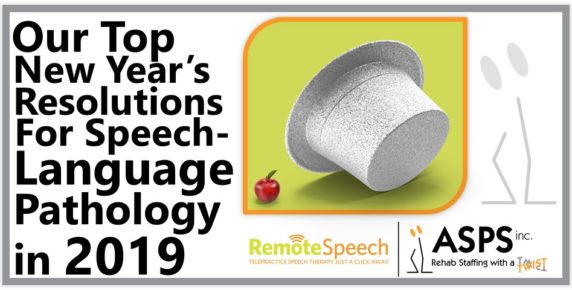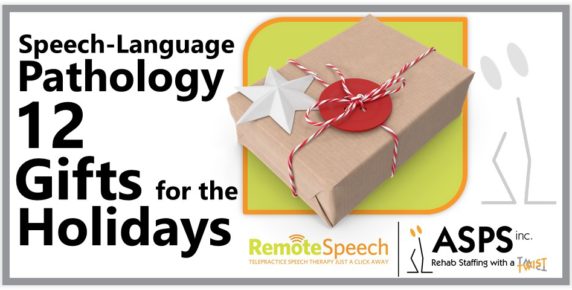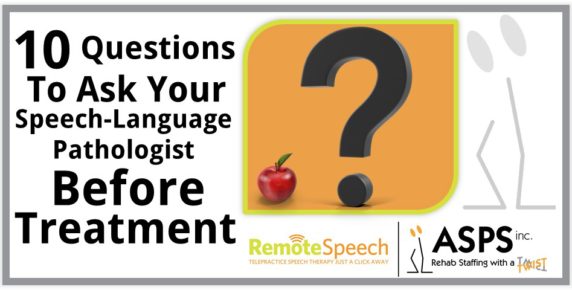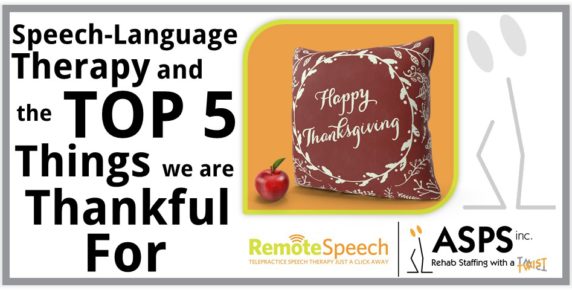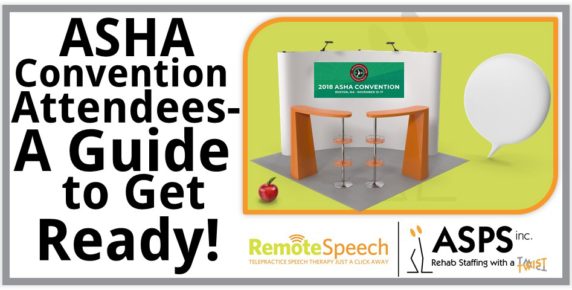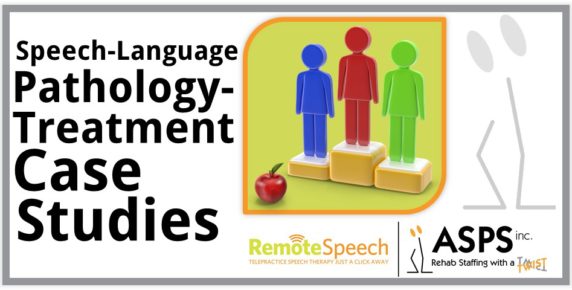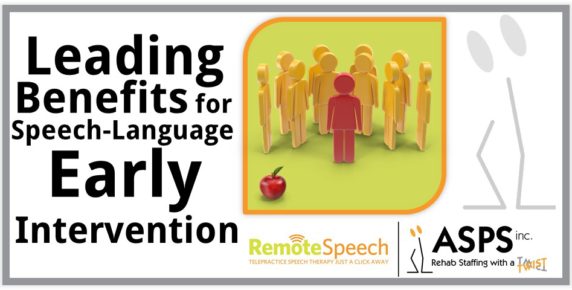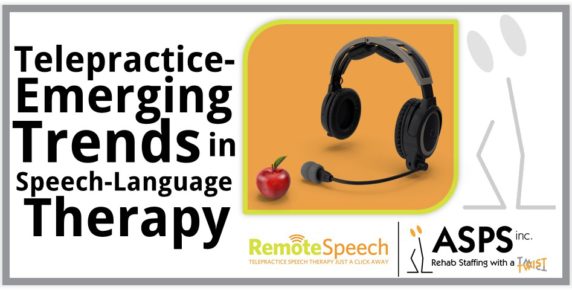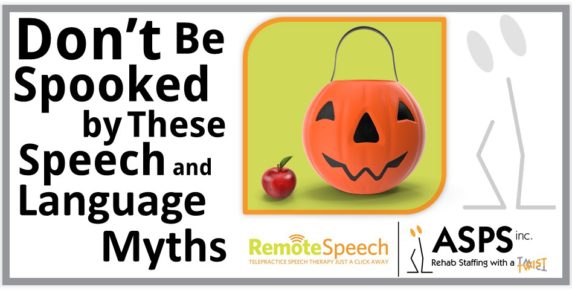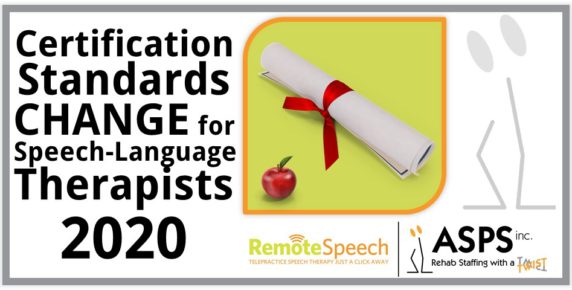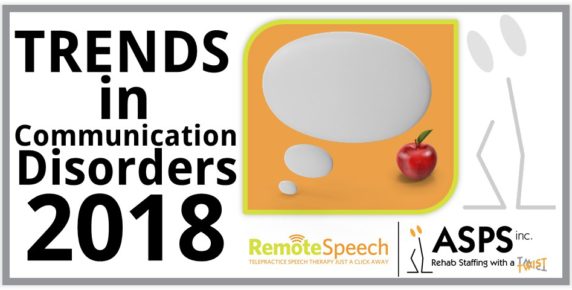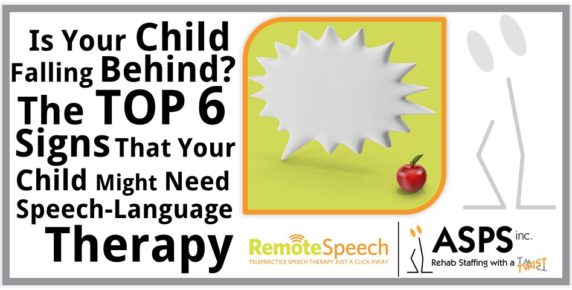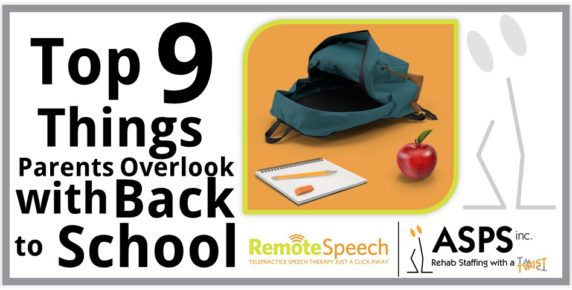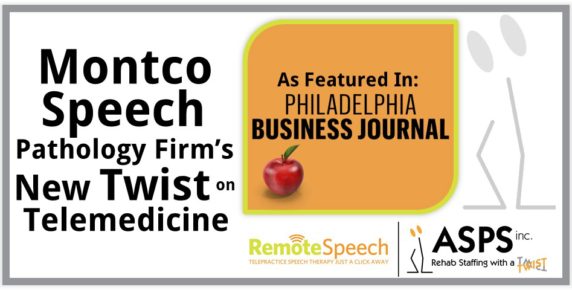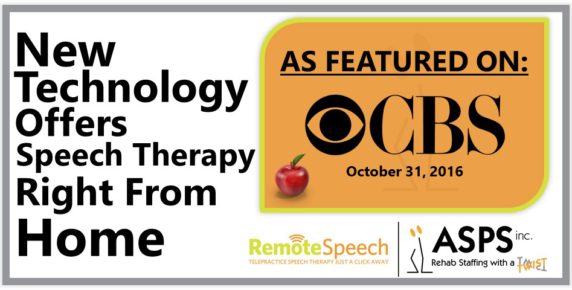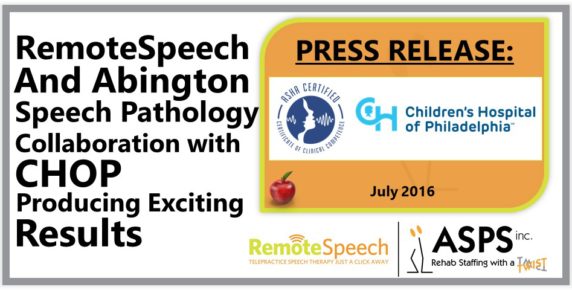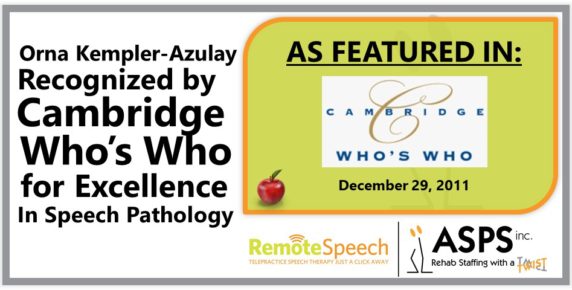Adult – Steps to Treatment – Click to DOWNLOAD AND PRINT
Children – Steps to Treatment –Click to DOWNLOAD AND PRINT
Overall, the job of a Speech-Language Pathologist is to provide a diagnosis and to develop an individualized therapy plan to attain the highest level of function possible in areas such as speech, language, cognition, or swallowing. The process for undergoing therapy for Speech-Language Communication and swallowing includes some universal stages that we have outlined, to help guide you through the treatment process. We have also embedded some helpful links to additional resources, to help make the process easier!
STEP 1: IDENTIFY A NEED FOR TREATMENT.
There is a diverse range of challenges that might arise with speech-language communication and swallowing that would call for treatment from a qualified professional. The first step to treatment is to identify the challenge. This step will vary between adults and children.
For Adults: the need for speech-language pathology will oftentimes be caused by another medical condition. For example, adults who undergo medical procedures, strokes and cognitive changes might experience conditions that would require specialized treatment for speech-language communication. In these instances, treatment will be restorative and will be a consequence to a larger medical condition. The need for specialized therapy will oftentimes be established by the medical provider who is managing treatment for the primary medical challenge.
For Children: the process to identify a need for specialized treatment is much more elusive. Children will demonstrate a series of “clues” that suggest a need to seek assistance from a qualified professional. In most cases, the need for treatment will be identified by parents/caregivers and/or educators. Further, unlike adults who often rely on treatment for restorative purposes, challenges that arise in children are often of much greater urgency. Early-intervention is largely associated with a child’s development, with extensive consequences. For more information about some of the warning signs in children, read our article about the Top 6 Signs that Your Child Might Need Speech Language Therapy.
STEP 2. FINDING A PROVIDER.
Finding a qualified Speech-Language Pathologist can be daunting. Luckily, there are several resources available to help guide you through the process.
Most insurance carriers will have a list of treatment options that are within your coverage plan. Additionally, ASHA has a great resource with an online data base for users to locate SLPs in their area.
For Adults who have suffered from a causational condition that will require supplemental treatment from a Speech-Language Pathologist, your primary doctor is likely to provide a referral.
For Children, Federal policies offer assistance to aid in treatment plans for early intervention for adolescents of all ages. The Individuals with Disabilities Education Act (IDEA) is a great resource to get started, along with an overview of resources available to children by age range.
When seeking treatment options, emerging trends in telepractice provide a convenient method of treatment for both children and adults. Certified outlets for Speech-Language Pathology are available online.
Remember: When selecting a treatment provider, qualifications MATTER. At Abington Speech Pathology and Remote Speech, all of our therapists hold a master’s degree, are PA or CA licensed and have earned the Certificate of Clinical Competence (CCC) from the American Speech – Language – Hearing Association (ASHA), the national professional, scientific and accrediting organization responsible for certifying Speech-Language Pathologists.
STEP 3. EVALUATION AND ASSESSMENT.
Once a need for treatment is established, the next step is to seek an evaluation and assessment to gain an understanding of the speech-language challenge. While this is described here as one stage, it actually encompasses two distinct stages:
- Evaluation – This stage includes the gathering of a variety of information. SAMPLE REPORT
- Assessment – The Speech-Language Assessment is a complex process. This stage includes the assessing, describing, and interpreting an individual’s communication ability, while integrating the information gathered during the evaluation stage.
ASHA’s Preferred Practice Patterns for the Professions of Speech-Language Pathology (2004) outlines the following components for a comprehensive speech-language pathology assessment:
- Case history, including medical status, education, socioeconomic, cultural, and linguistic backgrounds and information from teachers and other related service providers
- Patient/client/student and family interview
- Review of auditory, visual, motor, and cognitive status
- Standardized and/or non-standardized measures of specific aspects of speech, spoken and non-spoken language, cognitive-communication, and swallowing function, including observations and analysis of work samples
- Identification of potential for effective intervention strategies and compensations
- Selection of standardized measures for speech, language, cognitive-communication, and/or swallowing assessment with consideration for documented ecological validity and cultural sensitivity
- Follow-up services to monitor communication and swallowing status and ensure appropriate intervention and support for individuals with identified speech, language, cognitive-communication, and/or swallowing disorders
STEP 5. TREATMENT PLAN.
In the next stage, your SLP will develop an individualized Treatment Plan. This may also be referred to as “Plan of Care,” “Individualized Family Service Plan (IFSP),” or “Individualized Education Program (IEP)” depending on the nature of your treatment program.
The Treatment Plan will be in written form and may include:
- Diagnosis – With a clear description of all discoveries made during the evaluation/assessment stages.
- Status At Beginning Of Treatment – this section can include a narrative description of the patient, medical history, previous treatment, complicating issues, and more.
- Long and Short-Term Goals – that might serve as an indicator for when treatment should be completed.
- Anticipated Problems – This section will only be included if additional problems (outside of speech and language) might be anticipated. Examples include: control of client, behavior or difficulty in obtaining caregiver support.
- Prognosis – This will provide a prediction of the progress that should be made during the course of treatment.
REVIEW A SAMPLE TREATMENT PLAN HERE
STEP 6. UNDERGOING TREATMENT
Treatment for Speech-Language Communication and Swallowing will vary greatly by diagnosis, individual and circumstance. Your Treatment Plan should provide an approximate timeframe for your individualized program to run. For adults, your SLP may coordinate with others on your care team such as doctors, case managers, and occupational or physical therapists.
Whether you are an adult or child, your family may also be a part of your support team. In addition to informing your family members of the changes you are going through, your speech-language pathologist may give them ways to more effectively interact with you.
Be sure to speak to your SLP about additional resources available that you can take advantage of outside of treatment. Resources such as online support groups, educational networks, and activities outside of your treatment sessions can help both the patient, families, and allies to make the most out of their therapy plan and in the long-run once treatment concludes.
Review our Treatment Case Studies for a general overview of conditions in adolescence, treatment plans, outcomes and duration of treatment.
Download and print our convenient questionnaire to use as a resource with your Speech-Language Pathologist, to gain a comprehensive understanding of what you should expect with regard to treatment objectives, benchmarks and more!
Share, Download and Print
The Steps for Treatment for Speech-Language Pathology.
If you believe that your child would benefit from a formal screening from licensed, speech and language pathologist, click here to schedule a complimentary assessment by one of our licensed partners.

